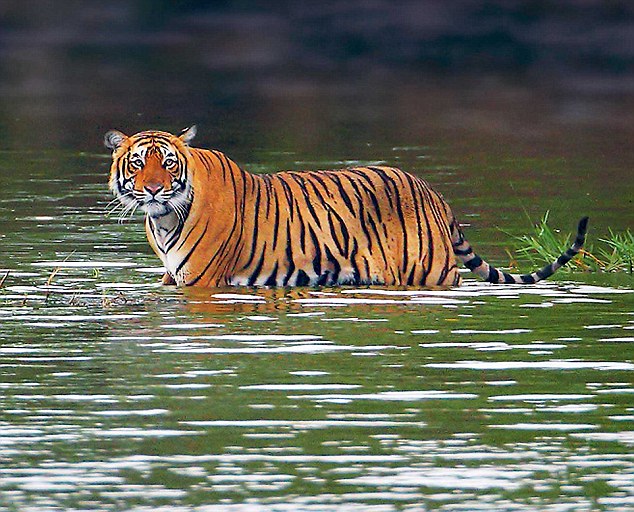India’s wildlife heritage spread over the country is now restricted and preserved in the form of sanctuaries, national parks and reserves of India. With increasing attention of wildlife enthusiasts and naturalists across the globe, enriched area of wildlife diversity were recognised and given special status of protection depending upon the need and importance of the flora and fauna. The declaration of wildlife Act, 1972 played vital role in preserving the vast wildlife in these protected areas.
There are 104 existing national parks in India covering an area of 43,716 square kilometres which is 1.33 per cent of the total geographical area of the country and 498 sanctuaries covering an area of about 154, 931.38 square kilometres, which amounts to 4.71 per cent of the total land area of the country.
The Ranthambore in Rajasthan is one such wildlife spot is now under protection as National Park and also holds the title of being most incredible hot spot of Indian Wilderness. It is located in Sawai Madhopur district. Its name is derived from Ranthambore Fort which is commonly believed to have been built by King Jayant of the Chouhan dynasty in 1110 AD. The Mughal Emperor Akbar also fought a battle for the battle for the control of the fort and the region in the 16th century.
